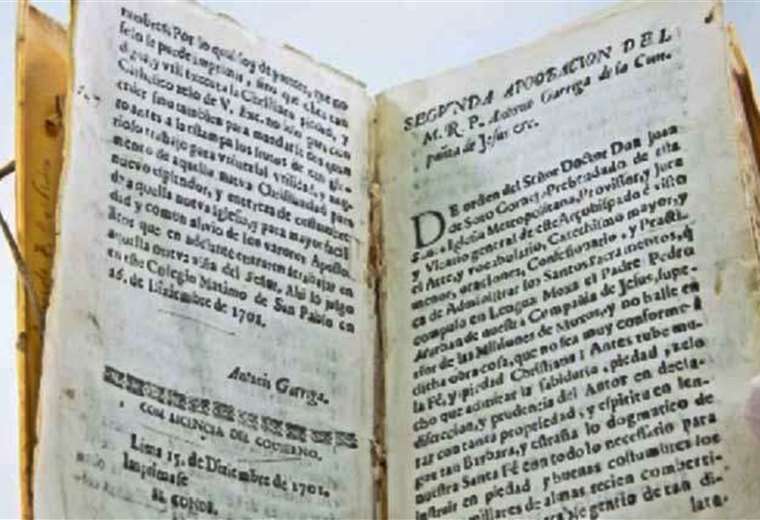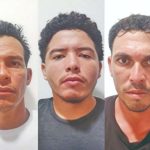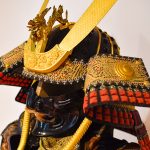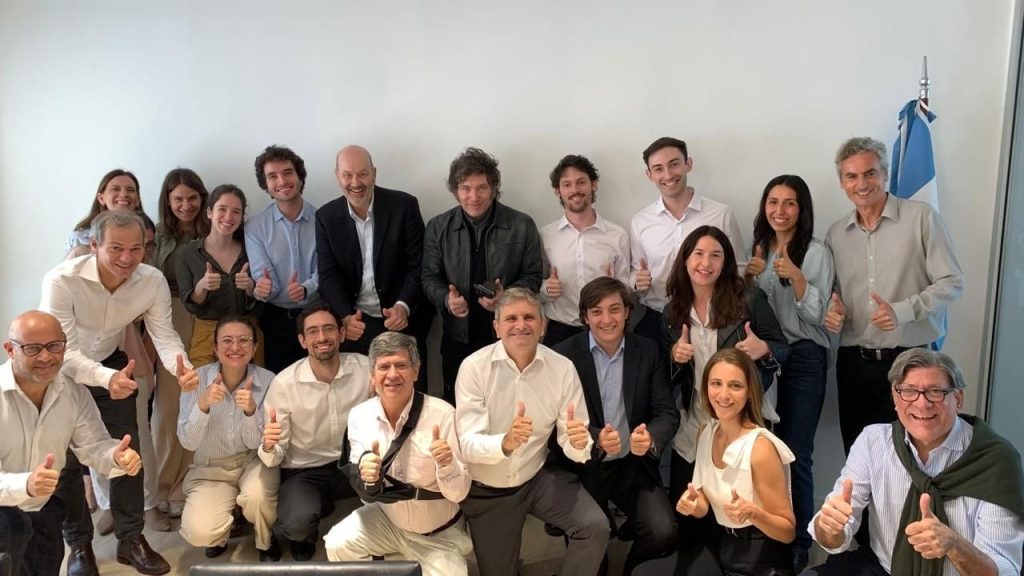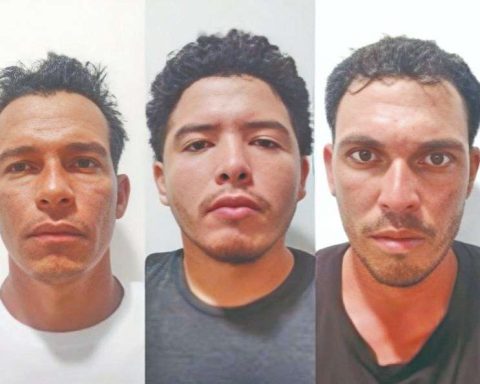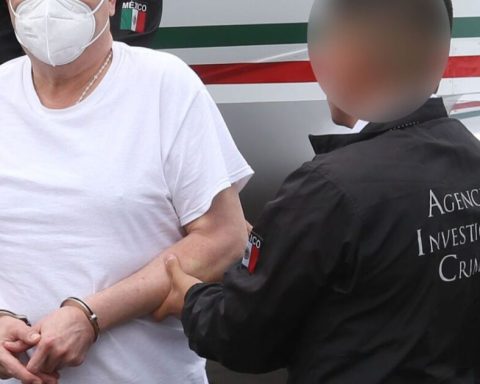November 30, 2024, 7:00 AM
November 30, 2024, 7:00 AM
Bolivia managed to register eight new historical documents in the Memory of the World program of the United Nations Educational, Scientific and Cultural Organization (UNESCO), according to the report issued by the international organization.
This is a record number of registrations since the program was created 24 years ago in 2000.
The members of the committee met this week in Philipsburg, the Dutch capital of the Caribbean island of Saint Martin and evaluated the documentary applications raised by the country for its historical and cultural value, reinforcing the country’s commitment to the conservation of its historical memory.
The Committee analyzed a total of 35 applications from 14 countries in the region, approving 27 of them, among which The eight Bolivian proposals stood out. These nominations, now included in the registry, encompass a diversity of documents that narrate key moments in Bolivia’s history, traditions and contributions to the world heritage.
1. Census of Foreigners (1935-1959)
The documentary series Census of Foreigners It is part of the collection of the Ministry of the Interior, Migration and Justice within the La Paz Archive. This is invaluable documentary material in text and photography about the entry of people, men, women and children (immersed in the adult files), from multiple origins and from different continents to Bolivia between 1933 and 1959. This collection allows Researchers from around the world approach individual and community stories to understand the causes and keys of migration.
2. Collection of Gabriel René Moreno on Mojos and Chiquitos (1758-1888)
The Llanos de Mojos, in the current Bolivian Amazon, and the area of Chiquitos, in the east of the country, are known for having been the setting in which, from the end of the 17th century until 1767, missions of the Society of Jesus were established. . The missions of Mojos belonged to the Jesuit province of Peru, and those of Chiquitos, to the Paraguayan province. Gabriel René Moreno was an archivist who put together this collection that covers the period between the expulsion of the Jesuits and the founding of the Republic of Bolivia. The document is in the National Archive of Bolivia.
3. File on forced transfer of Indians from Puno to the Imperial Villa of Potosí (1745)
The document describes the displacement of 83 people (men, women and children), from the Puno municipality, current Peru, to the city of Potosí, current Bolivia, to comply with the mining mita. The file is essential to understand the economic history and social transformation of the Andes and reflects how the forced sending of indigenous people for forced labor in the mines significantly affected the demographics and social life of communities. The document is in the National Mint.
4. Treatise on Quinology (1638-1792)
The book “Quinology or cinchona tree treatise or cascarilla” by Hipólito Ruiz López, published in 1792, is a fundamental work in botany and medicine. It addresses the study of the cinchona tree, known botanically as Cinchona, and describes various species of cinchona discovered in the Viceroyalty of Peru in the 18th century. The book includes the preparation methods used by the indigenous people who inhabited the Andes Mountains, as well as by the Jesuits established in an area that extends from the city of La Paz in Bolivia to the community of Loxa in Ecuador. The document is in Plurinational Center of Culture.
5. Impartial manifesto of the revolution that occurred in the city of Chuquisaca on Thursday, May 25, 1809, arranged in the form of a diary.
This Diary is anonymous. It was written by a member of the absolutist elite at the beginning of the War of Independence. Narrates the revolution of may 25 of 1809 in La Plata (today Sucre) and mentions places located in the current territories of Bolivia, Peru, Ecuador and Argentina. The Diario reveals the conflicts between those who supported Ferdinand VII and the followers of his sister, Carlota Joaquina, princess of Portugal. Freedom House Museum.
6. Moseteno Castellano and Moseteno Castellano Dictionary 1874 (anonymous).
This ethnolinguistic dictionary, anonymous, of 1874, it was developed in Covendo (Bolivia) for teaching, arts, trades and evangelization in the indigenous Moseteno language. The work was probably created by Benigno Bibolotti (Italian) (1885-1868?) or Nicolás Armentia (Spanish), (1873-1880), both missionaries residing in Covendo, whose dictionaries on Moseten were published in 1917 and 1903 respectively. The document is in the National Museum of Ethnography and Folklore.
7. Private Political and Artistic Archive of Miguel Alandia Pantoja (1936 – 1979).
Miguel Alandia Pantoja, a member of the Revolutionary Workers’ Party with a Trotskyist ideology, was the painter who portrayed the subaltern struggles of the 20th century in Bolivia and documented his artistic, political and social career, in an invaluable Political Archive, which refers to the time when elites at the service of the oligarchy controlled the economy and political administration of the country. The works are in the National Art Museum, dependent on the Cultural Foundation of the Central Bank of Bolivia.
8. Carolina Academy (1778-1941). Universidad Mayor, Real y Pontificia de San Francisco Xavier.
This documentary collection is made up of 541 bundles of manuscripts produced by the Carolina Academy, created in 1776 in La Plata (today Sucre), as an academic response from the enlightened intellectuals of the time to improve the legal practice of those who studied at the Universidad San Francisco Xavier de Chuquisaca. Due to the quality and innovative nature of the training he provided, It became the most important legal studies institution in the Río de la Plata.
The Program Memory of the Worldcreated by UNESCO in 1992, seeks to protect and guarantee access to documentary heritage against threats such as lack of resources, looting, armed conflicts and illegal trade.
Through the efforts of the Regional Committee, which since its creation in 2000 has registered 260 records, the preservation of these materials in archives, libraries and museums.
“These new inscriptions not only represent recognition of Bolivia’s rich cultural legacy, but also a fundamental step in its preservation for future generations,” said a spokesperson for the Regional Committee.
